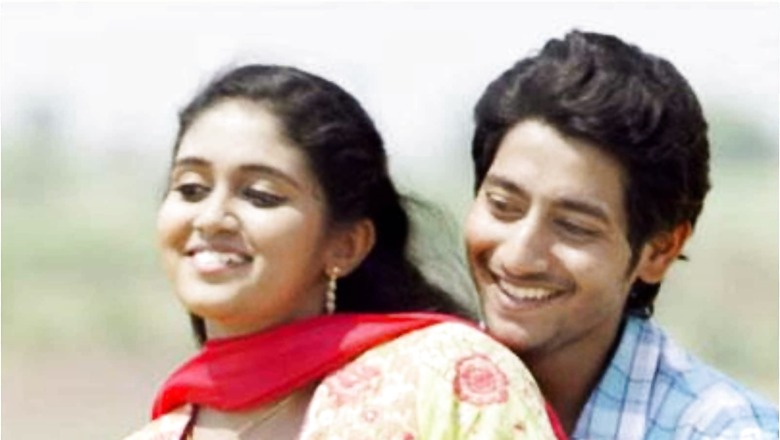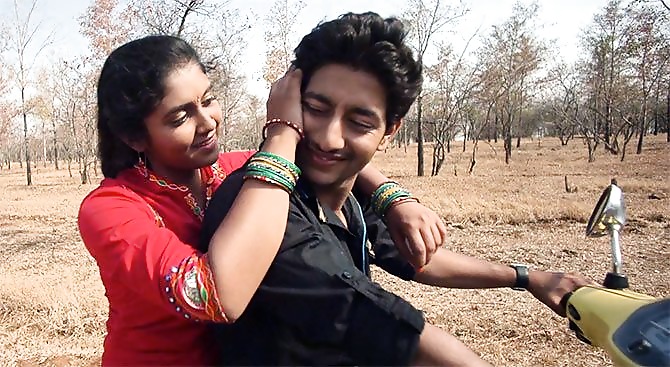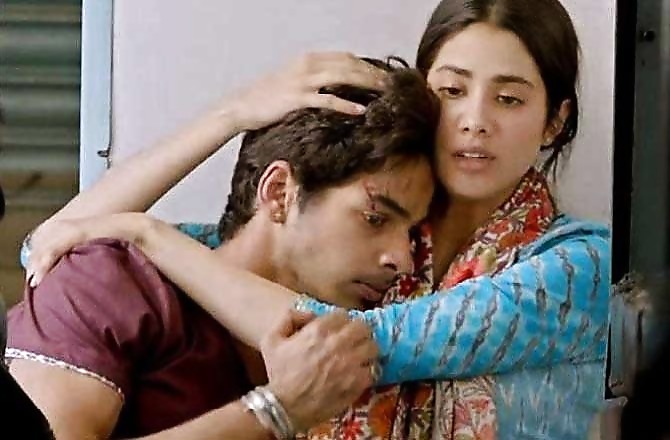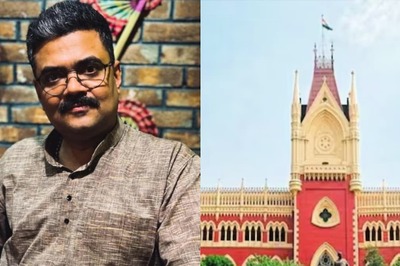
views
In this weekly column, Reel Retake, we compare the original film and its remake. Beyond highlighting the similarities, differences and measuring them on the success scale, we aim to discover the potential in the storyline that spurred the thought for a newer version and the ways in which a remake could possibly offer a different viewing experience. And if that is the case, analyse the film.
The movie in focus this week is Marathi blockbuster Sairat (2016) and its Hindi remake Dhadak that marked the Bollywood entries of actors Ishaan Khatter and Janhvi Kapoor.
What is Sairat about?
A deeply realistic take on caste prejudice in modern society, Marathi film Sairat is a tragic story about forbidden love that absolutely shakes the romance film genre. Prashant ‘Parshya’ Kale is a low-caste boy whose father is a fisherman. Archana ‘Archi’ Patil is the daughter of a wealthy, upper-caste landlord and politician. As they study in the same college, they fall in love and find ways to spend time with each other without their respective families knowing about their affair.
At a party hosted at Archi’s house, she and Parshya are caught spending some romantic time together. Her father, Tatya, beats Parshya and his friends. Realising that there is no way out, Archi and Parshya run away. However, they are discovered by the police and are taken into custody. Tatya forces the police to register a false complaint that Archi was gang-raped by Parshya and his friends. Archi, a fearless girl, destroys the complaint and insists that Parshya and his friends be released. Following this, Tatya’s goons beat Parshya and his friends. Archi grabs a pistol from them, threatening to shoot unless Parshya and his friends are released. She and Parshya jump on a moving train and escape to Hyderabad.
In the city, Archi and Parshya are broke and desperate. They sell off Archi’s jewellery to buy some days’ worth of food and lodging. Archi is tempted to call her mother. A rape attempt at Archi leaves them further scared. A woman from a nearby slum, Suman Akka who lives with her young son, intervenes and saves Archi and Parshya.
Suman then offers Parshya and Archi a spare shack to live in. Archi finds employment in a factory and Parshya begins working as a cook at a dosa stall. Archi slowly learns Telugu with the help of a coworker. She begins to feel homesick and finds it difficult to live in penury. Archi and Parshya soon begin to argue about their lives together. After a heated argument Archi decides to return home. Meanwhile, Parshya almost hangs himself before Archi changes her mind and returns to him. They marry at the registrar’s office and Archi becomes pregnant.
Several years later, Parshya and Archi are better off financially and are living in a better place. Archi phones her mother and hands the phone to her young son Aakash. After the phone call, Archi’s brother and his relatives arrive with gifts from her mother for an apparent reconciliation. Aakash visits their neighbour’s home and Archi and Parshya invite Prince and the other visitors into their flat and serve them tea. Aakash returns with the neighbour who leaves him at his doorstep and sees his parents on the floor, bloody and hacked to death.
Wherein lies the potential?
Sairat’s story and direction are its biggest strengths, elevated only by the sincere performances of Rinku Rajguru as Archi and Akash Thosar as Parshya. They became overnight sensations after the movie’s success gathered steam in India and abroad, and deservedly so. The director, Nagraj Manjule, who has been touching caste issues through his various films like Fandry and Baji, invited a lot of praise for this simple but heart-wrenching outing about young love, hope and defeat.
Sairat is divided into two halves and both are very distinct in terms of style and treatment. The first half follows the romance and fun bits of Parshya and Archi’s relationship. The humour drives this segment of the film. We are introduced to the innocence of budding love, followed by song and dance sequences and rebellion that are uplifting and set an overall happy mood. The orchestral music of Ajay-Atul and the brilliant cinematography by Sudhakar Reddy Yakkanti capture the essence in the most extravagant manner using bright colours, wide angle and slow motion shots. It is almost dream-like
In the latter half, it all turns upside down. The movie becomes more and more realistic and hues become more natural. A sense of foreboding is hinted by the complete lack of background score in the second half. Only dialogues and ambience sound is used to set the tone of what is to come, which is still unpredictable.

In terms of characterisation, Archi is endowed with male-like characteristics. She is confrontational, limitless, unabashed and almost hero-like as opposed to Parshya, who is subdued and shy, mostly because of his lower caste and economic status. This role reversal is again turned around in the second half of the story where Parshya somewhat survives living in the slum but Archi is unable to and seems desperate to run away again. Thus, every notion the movie itself sets is undone. Nagraj effortlessly manipulates the various emotions and does not let us stick to one feeling for long. While we are still coming to turn with the manner in which the film has taken a complete turn, along with the characters, the gutting climax hits us and the impact is inexplicable. Emotions that are bottled up until now don’t gush forth and an afterthought lingers on. Thus, the director’s purpose is solved.
The engrossing performances of Rinku and Akash are very natural and lend sensitivity and realness to the inexperience of love, the story of Sairat talks of. Even while Parshya and Archi become parents, their immaturity reflects. Moreover, Sairat brings to the mainstream caste-based violence.
Things that go wrong with Sairat remakes
After the global success of Sairat, the movie was remade several times. In Hindi, Dhadak (2018) marked the debuts of Janhvi Kapoor and Ishaan Khatter. The story is set in Udaipur and Janhvi and Ishaan are given dialects to work with apart from getting invested in this mature story, whose screenplay is altered to pretty-up everything, even the caste discrimination angle the Sairat love story hinges on to for impact. Since the alterations are too many and liberal, the soul is always lacking. The second half then falls flat when in the original, it only elevates the film further. The final scene is also changed and the impact is invariably lesser.

Similar problems emerge in the Punjabi remake Channa Mereya, which wanders way too much. Its second half is drastically short and vulnerabilities the characters show in desperate moments are totally missing. The final shot is also not as great and shows hacked bodies instead of suggesting it.
The S Narayan directorial Manasu Mallige, the Kannada remake of Sairat, is a beautiful treat but it too falls short when it comes to that rawness of the original. What lacks amiss at times are the emotions required. Narayan has also retained the story and reproduced the original frame by frame. But Rinku, who was the mainstay in the original, seems uncomfortable with language and some of her dialogues fall flat with no effect.
Success meter
Undoubtedly, Sairat’s several remakes have only added to the original popularity. It is one of the films that put Marathi regional cinema on the map once again. Its music has been a tremendous hit and Zingat is one of the most played party songs. It is a very brave film and the love and appreciation it has garnered is testament to originality, experimentation and fearlessness. It is timeless love story that will always Be deemed worthy of praise. A bold depiction of perils of transgression.
Read all the Latest News , Breaking News and Ukraine-Russia War Live Updates here.



















Comments
0 comment